Truck Accidents
-
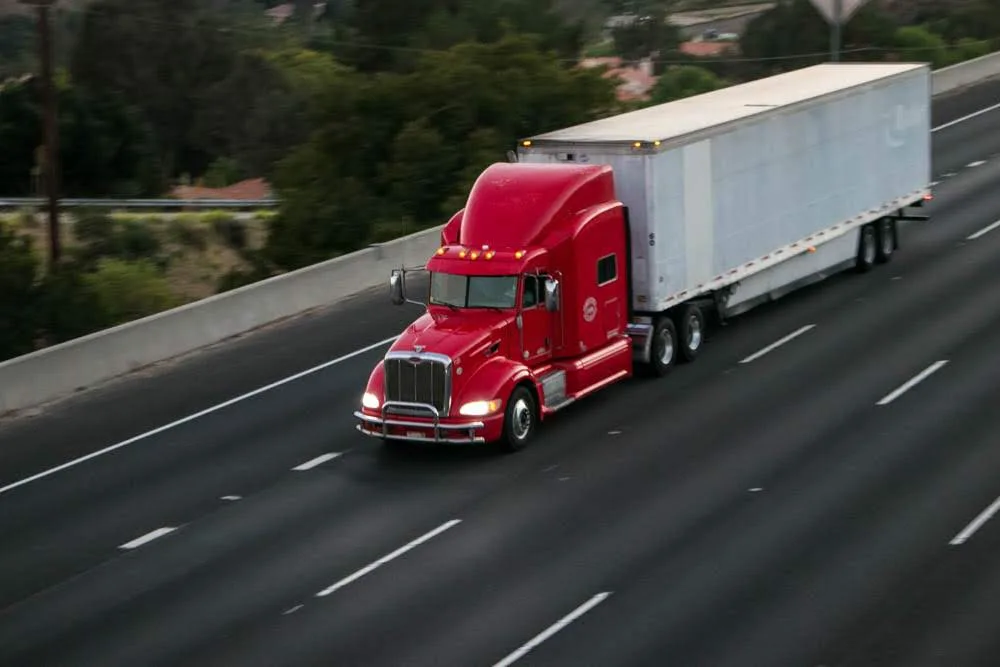 Colwich, KS – Injuries in Multi-Vehicle Semi Crash on K-96View Article
Colwich, KS – Injuries in Multi-Vehicle Semi Crash on K-96View ArticleColwich, KS (March 12, 2024) – A pileup collision involving a semi-truck in the Colwich area on Monday, March 11, resulted in confirmed injuries. The accident was reported on K-96 in Sedgwick County early that morning. Local sources indicated that three vehicles were traveling westbound on the highway in the right lane when a fourth […]
-
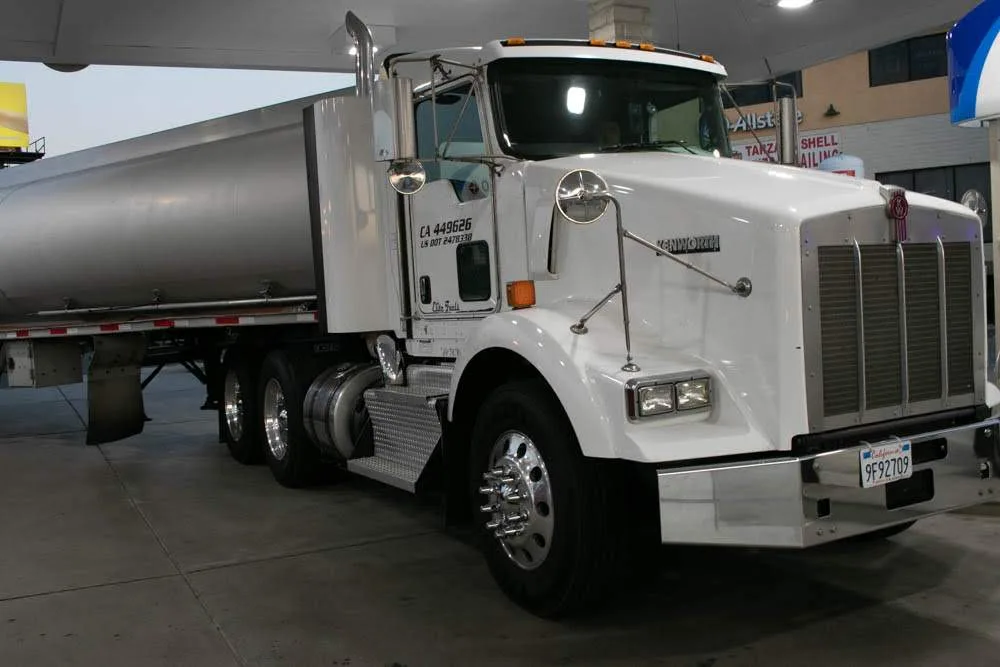 Hedville, KS – Virginia Man Dies in Head-on Truck Accident on I-70View Article
Hedville, KS – Virginia Man Dies in Head-on Truck Accident on I-70View ArticleHedville, KS (March 11, 2024) – On Sunday, March 10, a Virginia man was killed following a head-on crash with a semi-truck outside of Hedville. The deadly accident occurred on Interstate 70 just before midnight. The victim was traveling eastbound on the highway as a commercial truck was traveling west. The two vehicles collided head-on […]
-
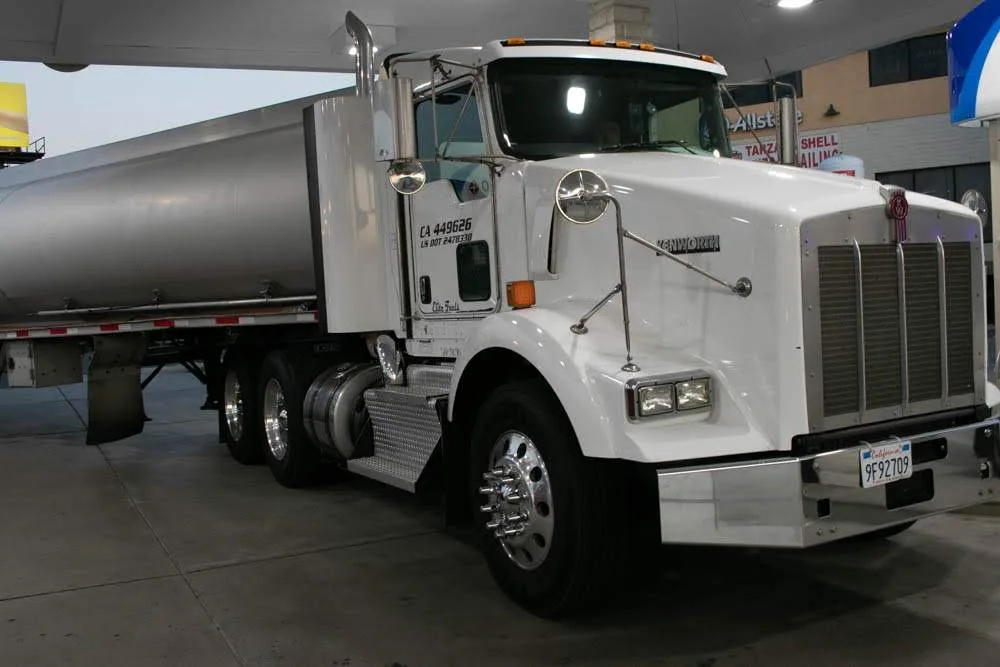 Tonganoxie, KS – Driver Hurt in 18-wheeler Crash on I-70View Article
Tonganoxie, KS – Driver Hurt in 18-wheeler Crash on I-70View ArticleTonganoxie, KS (March 9, 2024) – There were reported injuries after a two-vehicle collision in the Tonganoxie area on Friday afternoon, March 8. The accident was reported at around 12:55 p.m. on Interstate 20 near Exit 212. A semi-truck and a passenger car reportedly collided at the scene. Local sources revealed that a Peterbilt semi-truck […]
-
 Farmington, KS – Serious Injuries in Truck Crash at US-50 & 110th AveView Article
Farmington, KS – Serious Injuries in Truck Crash at US-50 & 110th AveView ArticleFarmington, KS (March 6, 2024) – Early on Tuesday morning, March 5, there were confirmed injuries after a two-vehicle crash in the Farmington area. The accident took place at the intersection of US-50 and NE 110th Avenue early that morning at around 10:13 a.m. Local sources indicated that a 58-year-old Mackville man was driving a […]
-
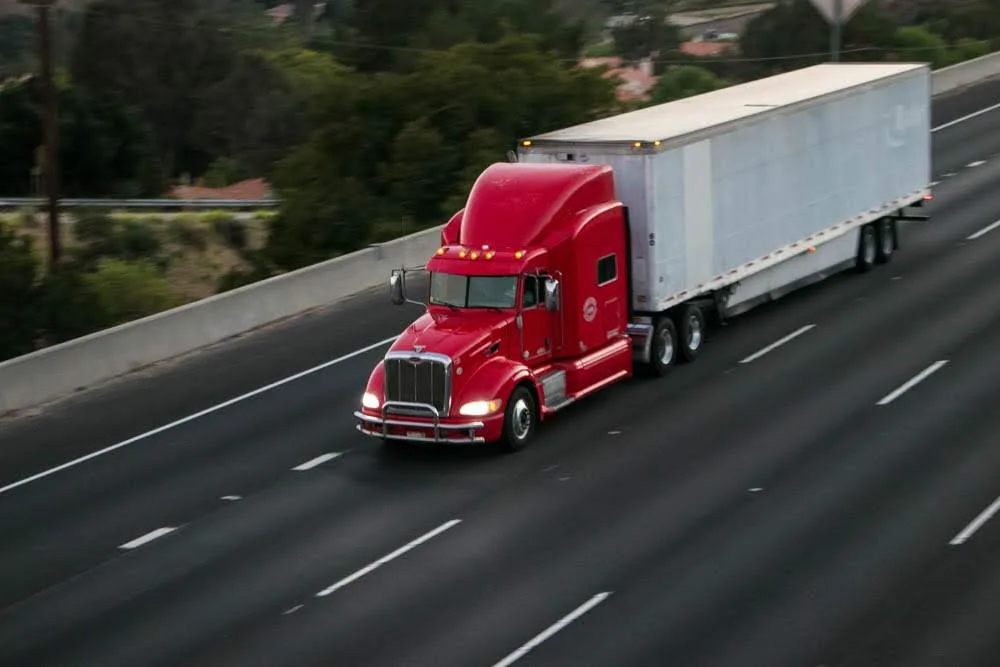 Junction City, KS – Semi-Truck Rollover on US-77 Results in InjuriesView Article
Junction City, KS – Semi-Truck Rollover on US-77 Results in InjuriesView ArticleJunction City, KS (March 1, 2024) – Two people were hurt after a crash involving an overturned 18-wheeler outside of Junction City on Thursday, February 29. The accident was reported on US-77 at around 6:38 a.m. Footage from the scene showed that the commercial truck overturned, blocking all lanes on the highway. Emergency responders were […]
-
 Tonganoxie, KS – Two Injured in Semi-Truck Crash on I-70View Article
Tonganoxie, KS – Two Injured in Semi-Truck Crash on I-70View ArticleTonganoxie, KS (February 28, 2024) – On Wednesday, February 28, two people were hurt after a crash involving a semi-trailer in the Tonganoxie area. The accident occurred on Interstate 70 in Leavenworth County at around 2:17 a.m. Local sources indicated that a 2014 Volkswagen Passat and a 2000 Kenworth semi-trailer were headed eastbound at the […]
-
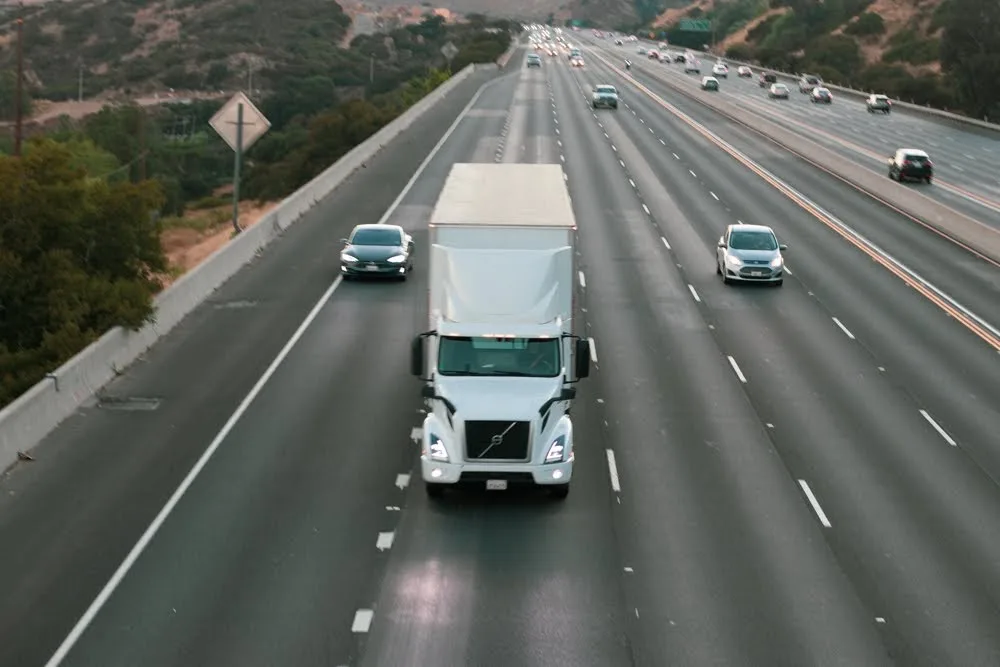 Colby, KS – Pregnant Woman Hurt in 18-Wheeler Crash on Willow AveView Article
Colby, KS – Pregnant Woman Hurt in 18-Wheeler Crash on Willow AveView ArticleColby, KS (February 27, 2024) – On Sunday morning, February 25, a pregnant woman was injured following a collision involving a semi-truck in the Colby area. The deadly accident was reported on Willow Avenue that morning at around 9:30 a.m. Local reports indicated that a 2018 International semi driven by 22-year-old Kadyn R. Hernandez of […]
-
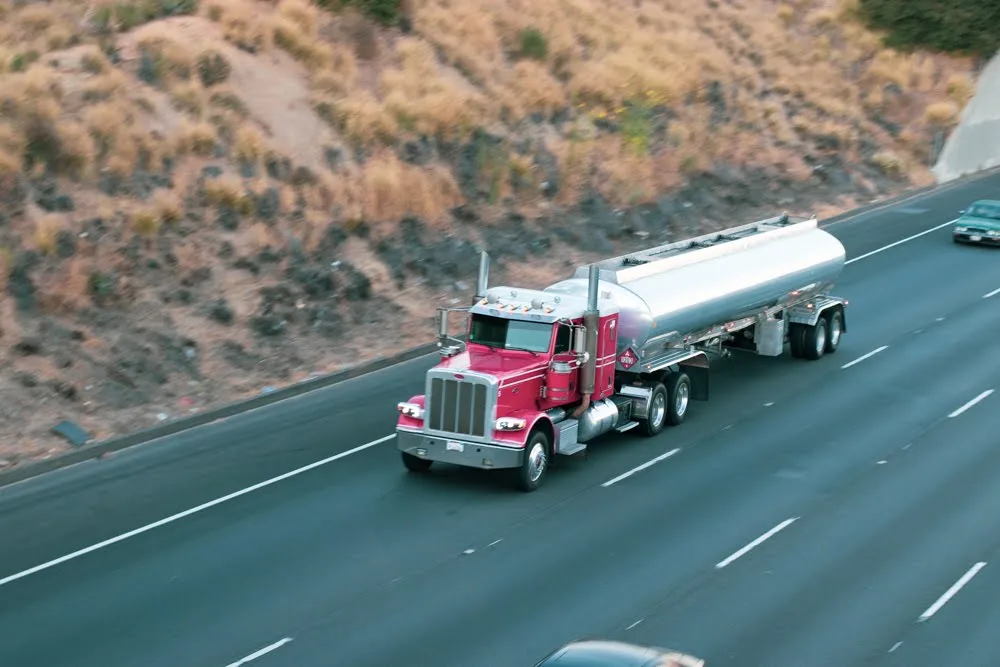 Topeka, KS – Local Man Hurt in 18-Wheeler Crash on I-70View Article
Topeka, KS – Local Man Hurt in 18-Wheeler Crash on I-70View ArticleTopeka, KS (February 25, 2024) – On Friday, February 23, a local man was hurt after a crash involving two semi-trucks in the Topeka area. The accident was reported on Interstate 70 near mile marker 187 at around 5 p.m. A Topeka man was driving a Jeep Grand Cherokee on the roadway when they reportedly […]
-
 Baker, KS – Driver Hurt in Crash with Peterbilt KS-126View Article
Baker, KS – Driver Hurt in Crash with Peterbilt KS-126View ArticleBaker, KS (February 24, 2024) – A woman was seriously hurt following a crash with a commercial vehicle in the Baker area on Thursday, February 22. The accident took place that afternoon at around 3 p.m. on KS-126 in Crawford County. Local reports indicated that a 40-year-old woman from Pittsburg was traveling eastbound in a […]
-
 Junction City, KS – Injuries in Pileup Crash with Semi on US-77View Article
Junction City, KS – Injuries in Pileup Crash with Semi on US-77View ArticleJunction City, KS (February 23, 2024) – One person was hospitalized after a multi-vehicle crash outside of Junction City on Wednesday morning, February 21. The accident was reported at around 11:07 a.m. on US-77 near mile marker 149. Local reports indicated that a 2020 Mazda and a 2019 Buick Enclave were headed southbound on the […]


